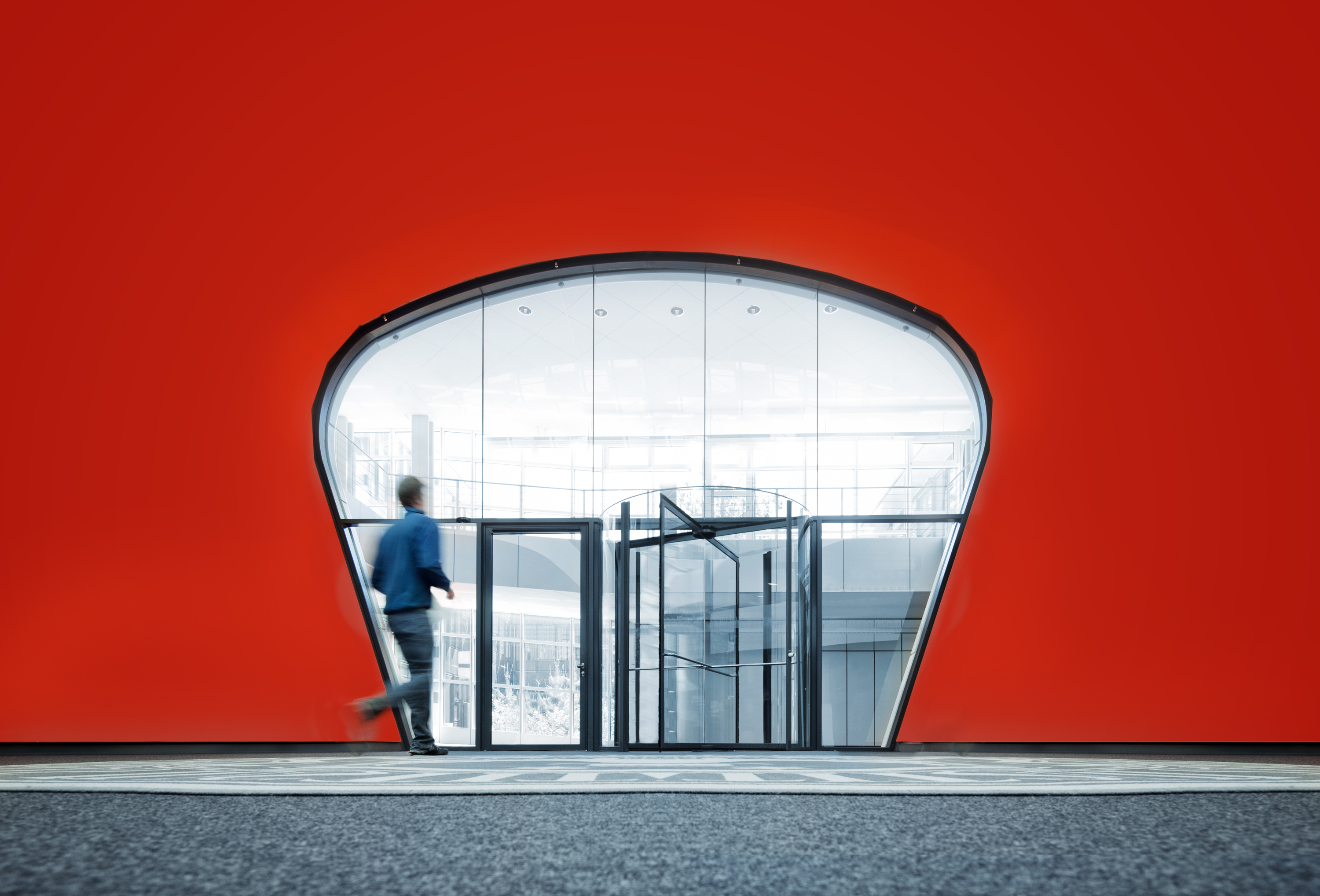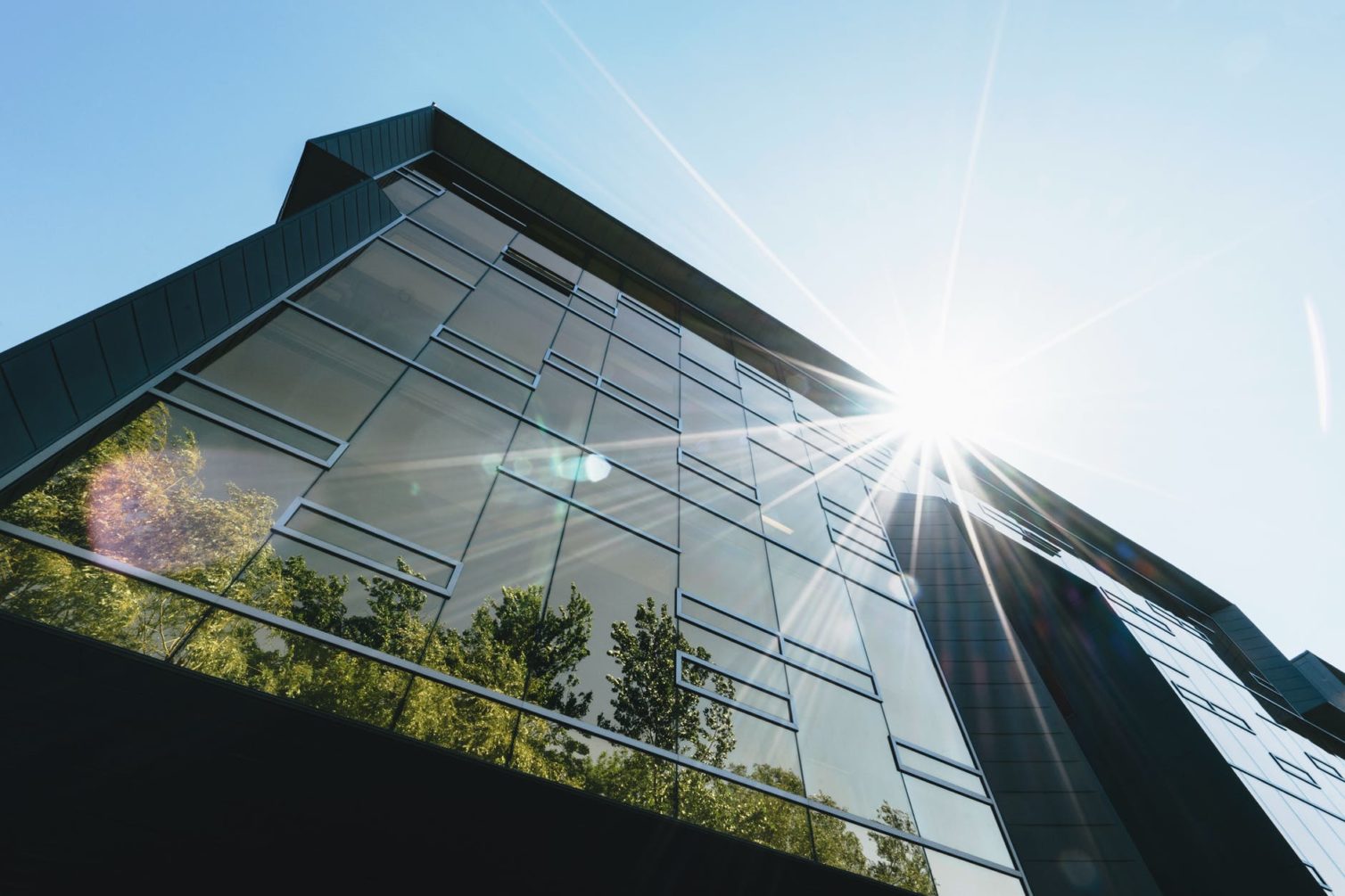Mental health and workplace wellbeing


Mental health has become a key national concern over recent years, but was brought in to clear focus as a result of the pandemic and the lockdown restrictions which have challenged so many. As we look to the future and chart a route for returning to buildings and fully using towns and city centres, what role will mental health and workplace wellbeing play?
Government and businesses alike are trying to support the easing of lockdown restrictions with enhanced policies, products and services. On top of these initiatives, it’s important to consider how the built environment itself shapes our experience of the world, and what features we should focus on to improve workplace wellbeing and to re-open leisure and commerce venues in a better way.
They are rarely the first things people pay attention to, but many elements of our workplace wellbeing are rooted in our working environment, adding up to our day-to-day satisfaction and performance at work. Increasingly, we at TFT are engaged to measure and improve workplaces with mental and physical health as a priority.
One of the key issues to consider in supporting mental health at work is to understand what ‘restorative spaces’ are within and around the workplace and how they affect us. Research shows that access to these places encourages us to take adequate breaks during the day, restoring energy and concentration levels, so we can go back to our work refreshed.
Restorative spaces are defined by the leading industry wellbeing certification – WELL Building Standard™ v.2 – in which TFT is an accredited partner and assessor. The WELL standard describes the role of restorative spaces in the following way:
M07 – “Restorative spaces […] can help alleviate the negative effects associated with workplace fatigue or mental depletion. Through incorporation of nature, among other restorative elements, these spaces can help relieve stress and mental fatigue, support focus and encourage overall mental well-being. Exposure to plants and other natural elements has been linked with decreased levels of diastolic blood pressure, depression and anxiety; increased attentional capacity; better recovery from job stress; increased psychological well-being”[1]
M01 – “Increasing nature contact at work may offer a simple, population-based approach to enhance workplace health promotion efforts.”[2]
Indoor breakout areas and outdoor terraces that feature natural elements such as plants, flowers and natural materials, can be considered as restorative spaces. Easy access to outdoor amenities such as a nearby park, a lake or river can motivate us to go for stroll during lunch time and have an even bigger impact on our tranquillity at work and on our general wellbeing.
This effect is due to a concept known as biophilia – the innate affinity we have with other forms of life and nature. Biophilia plays a significant role in defining places and spaces for mental health and wellbeing. The presence of natural or man-made biophilic spaces within a reasonable walking distance (≤1km) that are accessible via safe and secure routes is key in supporting mental health both inside and outside the workplace.
Beneficial outdoor spaces can also include public art, museums, food markets and festivals – all of which are highlighted by the International Living Future Institute’s ‘Living Building Challenge’, citing ‘design features intended solely for human delight and the celebration of culture, spirit and place appropriate to its function and meaningfully integrate public art.’
Furthermore, the Urban Land Institute and the Centre for Active Design emphasise the importance of providing access to nature, both indoors and outdoors, which in turn facilitates social engagements and healthier lifestyles.
What are some real-life examples of these places? And do you have enough of them near you?
Our teams in Bristol and Birmingham pulled together a selection of the restorative spaces around their offices, recommended to provide the all-important outdoor and social break that we all need from time to time:
Birmingham’s restorative spaces
[1] Kant I, Beurskens a JHM, Amelsvoort LGPM Van, Swaen GMH. An epidemiological approach to study fatigue in the working population: the Maastricht Cohort Study. 2003:32-39.
[2] Largo-Wight E, Chen WW, Dodd V, Weiler R. Healthy Workplaces : The Effects of Nature Contact at Work on Employee Stress and Health. Public Health Rep. 2011;126:124-131. doi:10.2307/41639273